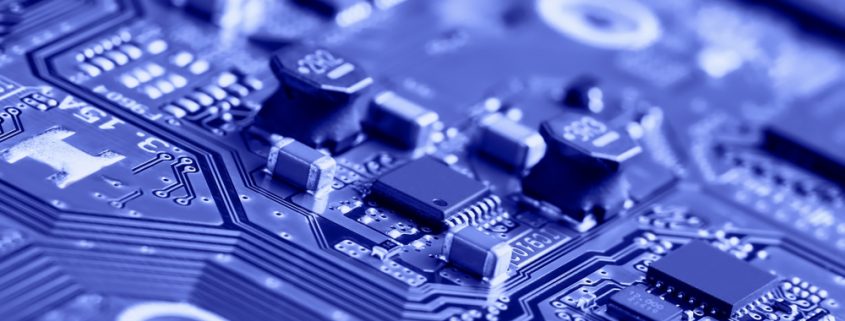An Overview of Mixed-Signal ASIC Design and Its Applications in Various Industries
Mixed-signal ASIC (Application-Specific Integrated Circuit) design is crucial in bridging the gap between analog and digital domains. Mixed-signal ASICs combine analog and digital circuits on a single chip, enabling the seamless processing of real-world signals, such as sound, temperature, and pressure, alongside digital data. This fusion of technologies is key to numerous modern applications, making mixed-signal design a fundamental component in various industries.
The Essentials of Mixed-Signal Design
Mixed-signal design involves integrating analog and digital functionalities into a single ASIC, providing a versatile solution that can handle both types of signals. The design process is complex and requires a deep understanding of analog and digital circuit behavior. Engineers must address noise interference, signal integrity, and power management to ensure that the analog and digital components work harmoniously.
One of the primary advantages is the ability to create highly customized solutions tailored to specific applications. Whether converting analog signals from sensors into digital data for processing or integrating RF (radio frequency) components for wireless communication, mixed-signal ASICs offer flexibility and performance that off-the-shelf solutions cannot match.
Applications of Mixed-Signal Design in Various Industries
Mixed-signal design is employed across various industries, each leveraging its unique capabilities to meet specific needs.
- Consumer Electronics: Mixed-signal ASICs are found in consumer electronics products like smartphones, tablets, and wearables. These devices use mixed-signal design to integrate audio processing, touchscreen control, and power management into a compact and efficient package. The ability to process analog inputs (like sound and touch) and convert them into digital signals for processing is critical for delivering high-performance consumer devices.
- Automotive Industry: The automotive industry increasingly depends on mixed-signal ASICs for advanced driver-assistance systems (ADAS), in-car entertainment, and powertrain control. Mixed-signal design is essential for managing the complex interactions between analog sensors, digital processors, and vehicle control systems. For example, mixed-signal ASICs can process signals from cameras and radar systems to support lane departure warnings and adaptive cruise control functions.
- Healthcare: In the healthcare sector, mixed-signal ASICs are integral to medical devices such as patient monitors, diagnostic equipment, and portable health devices. These applications require precise analog-to-digital conversion to accurately capture and process physiological signals, such as heart rate and blood pressure. The design enables the development of compact, power-efficient medical devices that deliver reliable and real-time data, improving patient care and diagnostics.
- Telecommunications: Telecommunications infrastructure relies on mixed-signal ASICs for high-speed data transmission, signal processing, and network management. The design allows for integrating analog RF components with digital processing units. This enables efficient communication systems that can handle the demands of modern networks. This is particularly important in applications like 5G, where high-frequency signals must be accurately processed and transmitted.
Conclusion
Mixed-signal design is a critical technology that underpins many of the advanced systems we use today. These ASICs offer a versatile and efficient solution for various applications by combining analog and digital circuits on a single chip. From consumer electronics and automotive systems to healthcare and telecommunications, the impact of mixed-signal design is evident across various industries. As technology evolves, the demand for sophisticated mixed-signal ASICs will only grow. This will drive innovation and enable the development of next-generation products and systems.
Learn more about Linear MicroSytesm by clicking here!
Linear MicroSystems, Inc. is proud to offer its services worldwide as well as the surrounding areas and cities around our Headquarters in Irvine, CA: Mission Viejo, Laguna Niguel, Huntington Beach, Santa Ana, Fountain Valley, Anaheim, Orange County, Fullerton, and Los Angeles.






